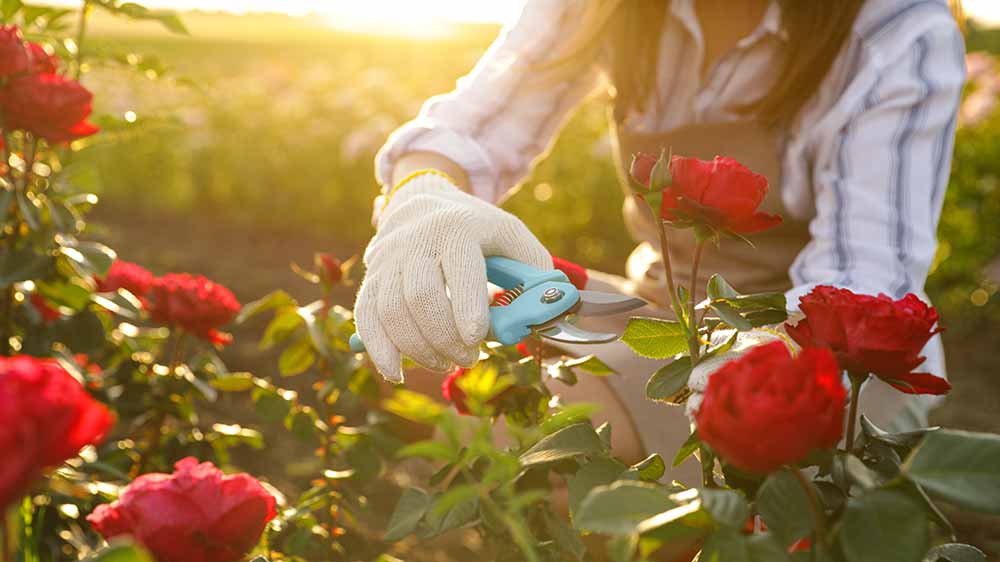They are worth growing even the plants require a higher level of care than most other garden plants.
The classification of roses is based on their growth habit and flower form. The hybrid tea roses have a strong upright growth habit and produce large single flowers at the end of their long stems. They are frequently used in floral arrangements. These roses are somewhat challenging to grow since they have greater maintenance requirements and are more susceptible to pests than other types. Floribunda roses produce abundant flowers throughout the growing season. Although they have smaller flowers than the hybrid tea roses, they produce more flowers that are borne in large clusters along their stems. Grandiflora roses have the attributes of both the hybrid tea and floribunda roses in that they have long stems and large flowers borne in clusters. Climbing roses have a vine-like growth habit and form dense clusters of flowers. They require support, such as a trellis or fence. Shrub roses are smaller in size and have a denser growth habit than other types. They are valued for their season-long production of flowers and their dense foliage. Shrub roses are easier to maintain since they require less pruning and have greater resistance to pests than many other types. The favorite KnockoutTM Rose is one example of a shrub-type rose.
Roses need full sun and well-drained fertile soils. The fall and winter months are the best time for planting. Roses should be planted in holes that are twice the size of the root ball and no deeper than the top of it. Then apply a two to four-inch layer of mulch to the ground beneath the plants. They should be thoroughly watered once a week with the water penetrating deeply into the root zone. Once established, apply three tablespoons of an all-purpose fertilizer, such as 10-10-10, to each plant monthly during the growing season. Broadcast it in a circular pattern on the ground around the plants.
In general, roses should be pruned in late winter before new growth appears in spring since this will help promote increased blooming. Climbing roses are the exception. They should be pruned in the spring after the first blooms begin to fade. Use sharp pruning tools and make the cuts just above the buds.
Several pests trouble roses. Aphids and spider mites are frequently a problem. Avoid applying excessive amounts of fertilizer since this will encourage the production of lush, new growth that is attractive to these insects. Black spot fungal disease causes discoloration and leaf drop. To reduce the likelihood of infection, make sure the roses are planted three to five feet apart to allow for adequate air circulation. Apply supplemental water before noon and keep the foliage dry. Clean up and dispose of leaves, branches, and old flowers that fall to the ground. Apply pesticides labeled for controlling these pests. Make sure you follow all label directions and safety precautions when using pesticides.
Though they tend to require more care, roses are well worth the extra effort. If you are willing to put forth a little extra effort, then consider planting some roses in your home landscape.
Timothy Daly, is an Agricultural and Natural Resource Extension Agent with Gwinnett County. He can be contacted at 678-377-4010 or tdaly@uga.edu


